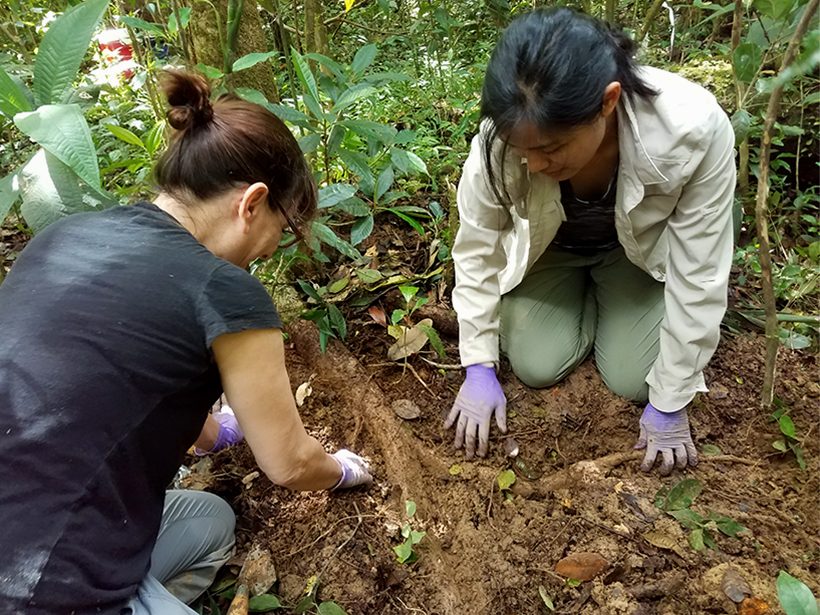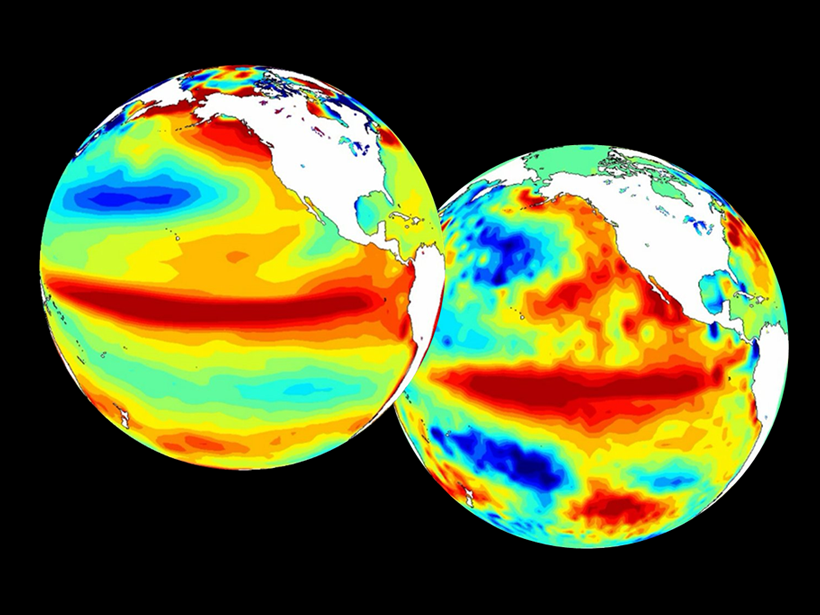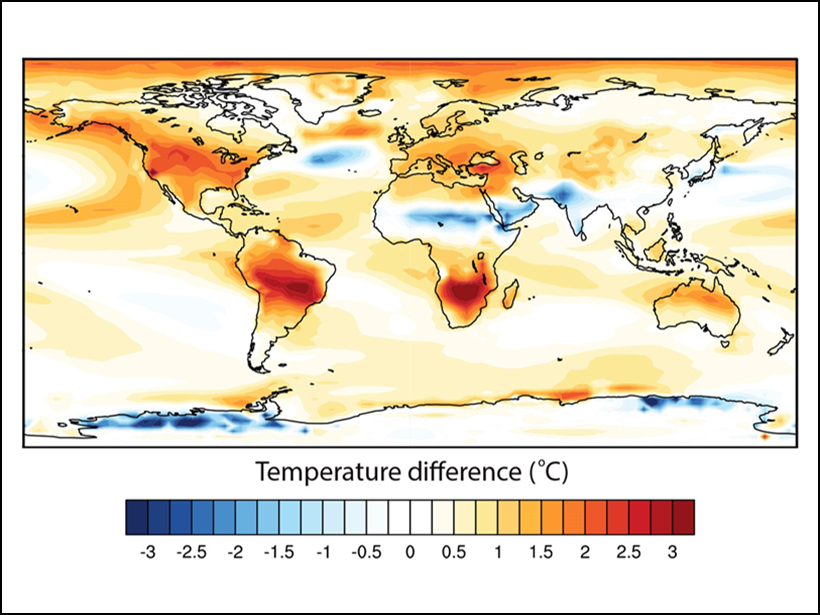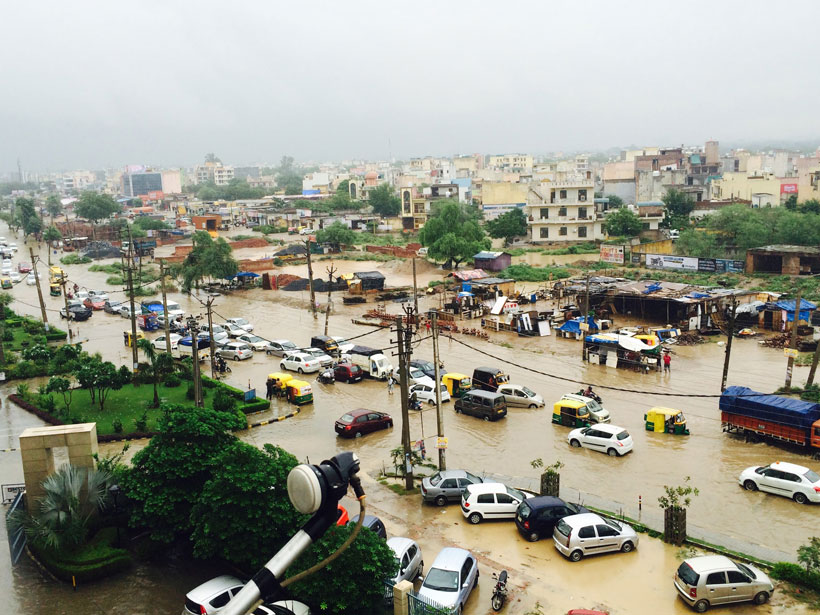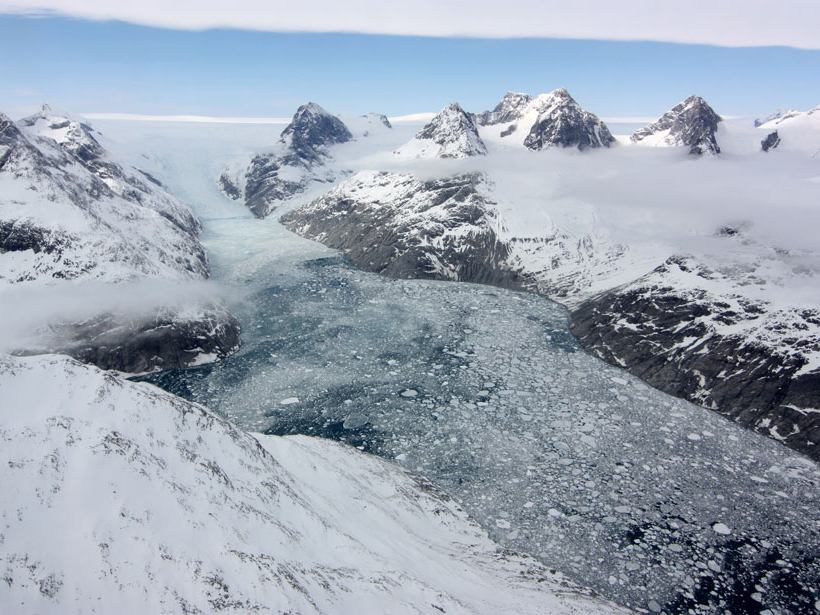Cities typically build wastewater treatment facilities in low-lying areas. A new national study identifies which plants are most vulnerable to coastal flooding.
Climate Change
Science at the Border Between Ice and Ocean
A suite of instruments, including drones, remotely operated boats, and multibeam sonar, is helping scientists understand a little-studied area at the front of a calving glacier.
Major Federal Tropical Research Project to Cease 7 Years Early
The Department of Energy shutters a project aimed at improving climate models less than halfway through the expected decade-long run.
Reducing Errors in Satellite-Derived Arctic Sea Ice Thicknesses
Salty snow throws off satellite-based estimates of Arctic sea ice thickness by up to 25%. A new method seeks to fix that.
Advancing Climate Forecasting
Better forecasts, new products: The World Climate Research Programme coordinates research aimed at improving and extending global climate forecasting capabilities.
How Earth’s Orbit Affected Ice Sheets Millions of Years Ago
A new study of the late Pliocene era could help scientists predict future sea level rise.
Preparing for the Future: Climate Products and Models for India
Kick-off Workshop of Indo-Norwegian Project PREPARE; Bergen, Norway, 27–31 March 2017
Polar Satellite Launch Eases Concerns of Weather Data Gap
Joint Polar Satellite System-1 is the first in a series of planned polar-orbiting satellites to provide critical weather forecasting data. Two follow-on satellites, however, face uncertain funding.
Satellites Accurately Capture Ocean Salinity in the Arctic
On-the-ground measurements are notoriously difficult in the harsh environment of the Arctic, but satellites could help close the gap in measuring sea surface salinity.
Is Global Warming Suppressing Canonical El Niño?
A study explores the relationship between diverse El Niño events and the background state of the tropical Pacific.



